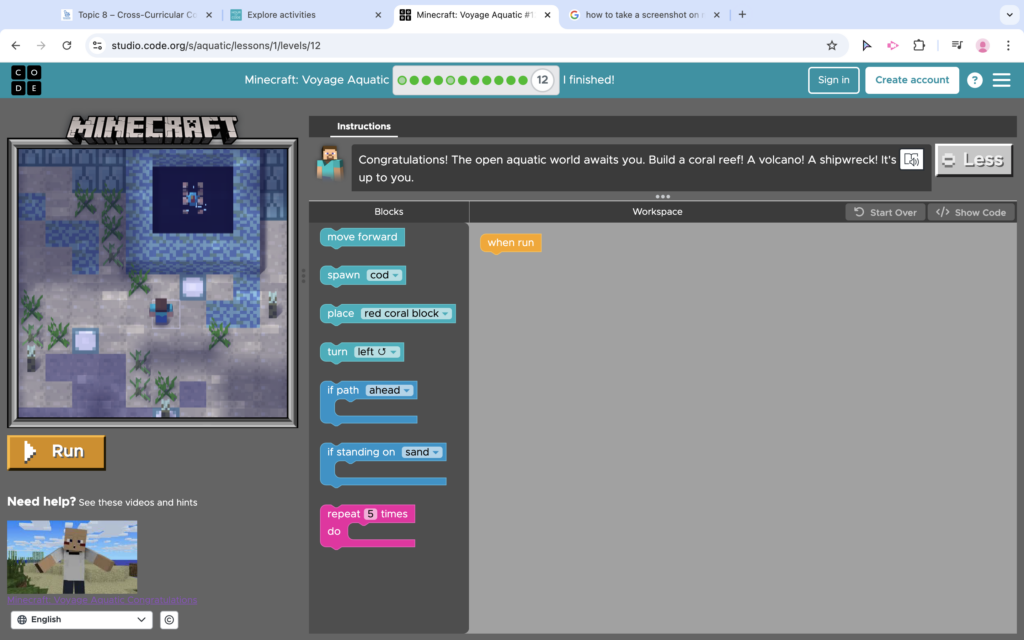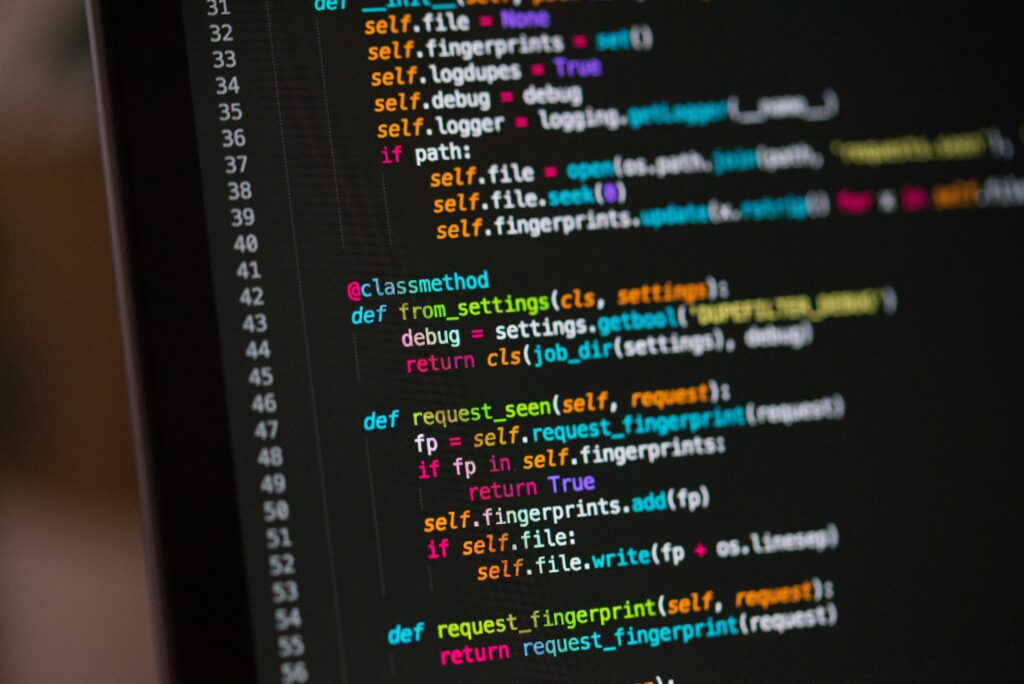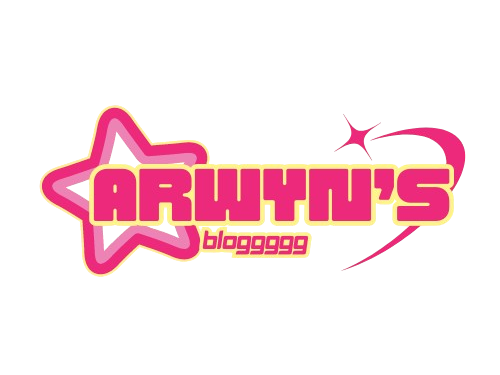For this weeks class, we went over coding in the classroom and the benefits it may have in a classroom!

One aspect that we got the opprotunity to go through was using THIS coding website and test out different coding games. I of course chose Minecraft as I am a die-hard fan.
There are plenty of ways to integrate coding and computational thinking into subjects beyond math! For example, in language arts, I could introduce students to storytelling through coding by having them create interactive stories or digital narratives using tools like Scratch. This would let students think about sequence, logic, and problem-solving in the context of building a story. In science, students could code simple simulations to model natural phenomena, like the water cycle or plant growth, helping them understand systems thinking. Even in social studies, students could use computational thinking to analyze data, like mapping historical events or tracking trends over time. These activities not only support the subject matter but also build critical thinking and digital literacy skills that are invaluable in today’s world.
Games are powerful learning tools because they engage students actively, offering an interactive and often hands-on way to explore new concepts. The best learning games are structured to provide immediate feedback, allowing students to understand mistakes and learn from them in real-time.

They’re also designed to be motivating, often incorporating elements like rewards, levels, and challenges that encourage perseverance and a growth mindset. By presenting information in a fun, relatable way, games create a low-stress environment where students feel more comfortable taking risks and trying again. Additionally, many educational games support collaboration, enhancing social skills and building community as students work together to achieve shared goals.
